Sudden shifts in search engine rankings can leave even the most seasoned teams rattled. On October 7th and 8th, 2025, marketers observed irregular fluctuations in Google rankings, sparking discussion and algorithm anxiety in the search engine optimization (SEO) industry.
- Understanding the Volatility of Google Rankings
- October 7th and 8th Fluctuations: What Happened?
- The Impact on GEO Google Maps SEO
- Navigating Google Ranking Fluctuations: An Action Plan
- Turn Ranking Volatility into a Competitive Strategy with Digital Marketing Philippines
The unexpected volatility and the activities associated with it made marketers wary about maintaining consistent search performance. But what exactly happened on October 7th and 8th, and how can businesses prepare for such a predicament?
Understanding the Volatility of Google Rankings
Google’s search rankings are in constant motion, with various factors contributing to daily changes in website positions. Known as Google ranking fluctuations or search engine results page (SERP) volatility, these movements can cause a site to climb a few spots or disappear from page one entirely. Google has grown increasingly volatile over time, with 2024 being 26% more turbulent than the previous year.
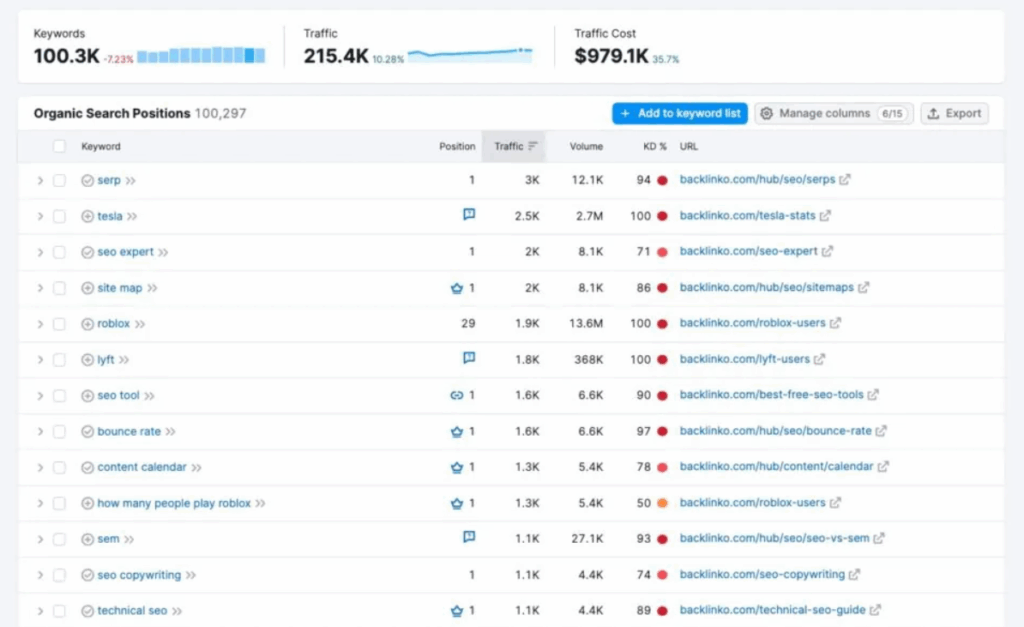
Image from Backlinko
Google ranking fluctuations are caused by several factors, including but not limited to:
- Google Algorithm Updates – Google is constantly making adjustments to its algorithm, with around seven (7) confirmed algorithmic updates in 2024.
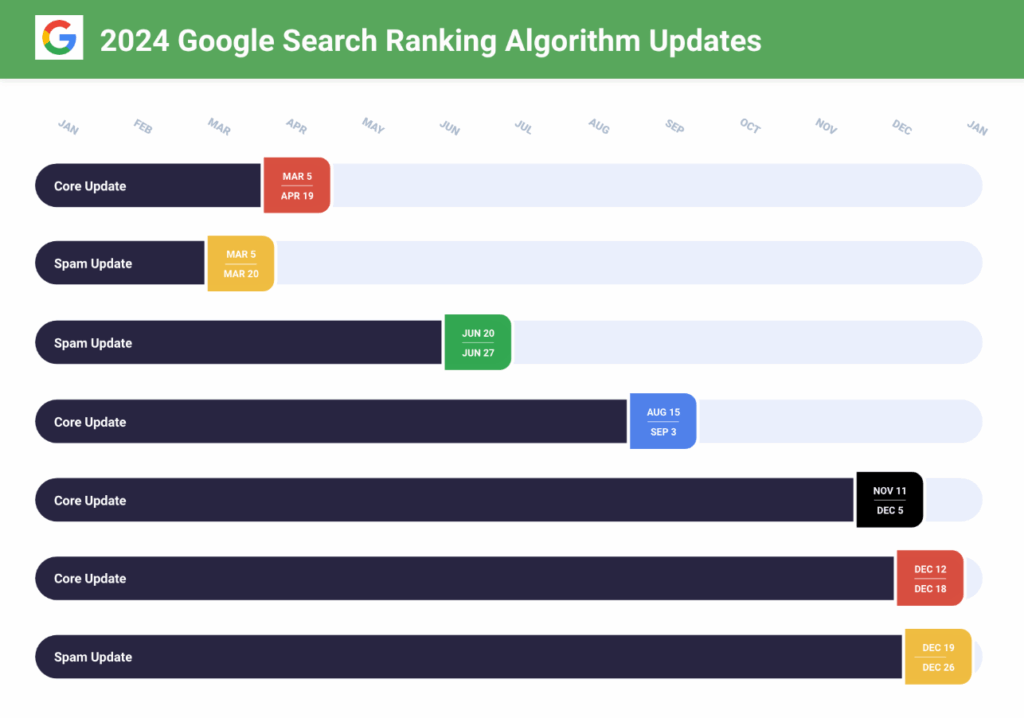
Image from Search Engine Land
- Competitor Activity– Competitors may influence search rankings by publishing fresh content, earning backlinks, and optimizing their technical SEO packages Philippines.
- Backlink Shifts – Gaining or losing backlinks affects how authoritative Google considers a site.
- User Intent Changes – Google favors sites that match search intent. For example, if users begin looking for “how-to” guides, these sites may rise higher on SERPs.
- Technical Issues – Slow site speed, crawl errors, and broken links can temporarily reduce visibility.
October 7th and 8th Fluctuations: What Happened?
SERP volatility is inevitable, and marketers expect a degree of change in rankings regularly. However, on October 7 and 8, a two-day burst of movement occurred that was difficult to miss, with websites experiencing significant ranking fluctuations and irregularities in organic traffic.
According to discussions from WebmasterWorld, marketers noticed the following:
- Sudden decrease in organic traffic, with some sites experiencing drops as high as 50% overnight.
- An influx of visits from countries outside primary markets, such as China and Singapore.
- A spike in bot traffic, especially during the late hours.
- Indexing issues, as some marketers reported that new articles failed to appear while older posts maintained dominant positions.
- Unreliable traffic quality, which marketers call the most challenging recent period for free search referrals.
Additionally, tracking tools like Semrush and MozCast showed signs of movement during the two days:
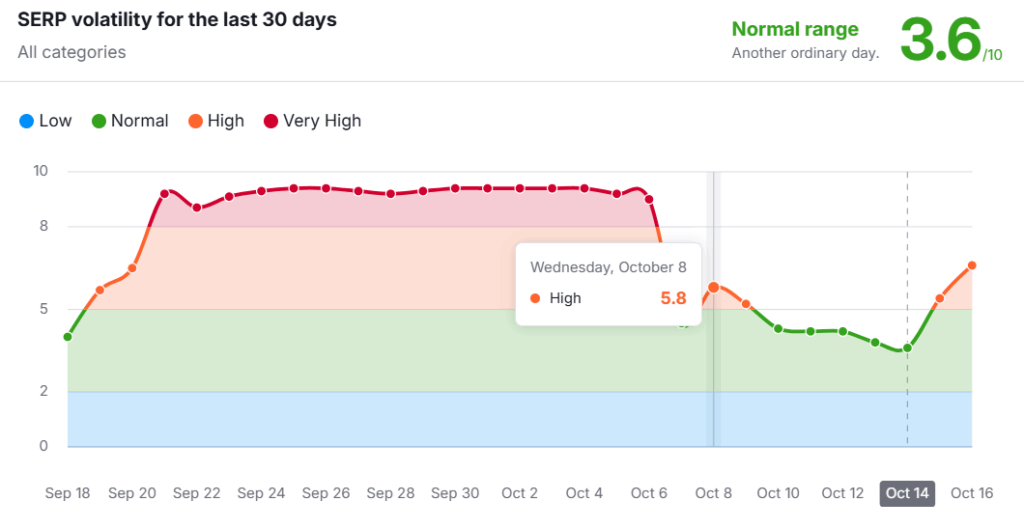
Image from Semrush
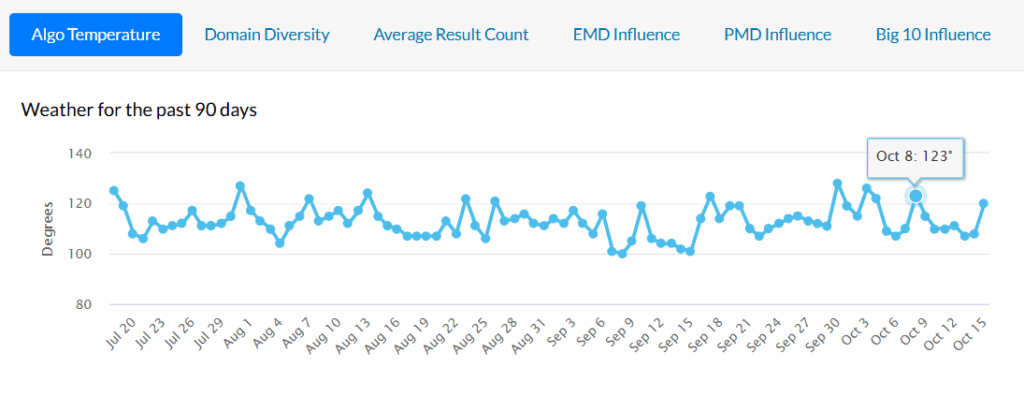
Image from Moz
The Possible Cause of the Fluctuations
While Google is due for a core update, the search ranking fluctuations on October 7th and 8th are not related to it, even though such movements often signal that an update was rolling out. Additionally, marketers doubt that the increased volatility is tied to the recent serving bug, which caused several pages to disappear due to a data center glitch.
With no official update from Google, it is difficult to pinpoint the exact reason behind the fluctuations. However, several speculations might explain the unusual ranking shifts during the two-day movement:
- AI-Driven SERP Experiments – Some believe Google may be testing new AI-generated snippets or layout changes that might have disrupted rankings.
- Unannounced Algorithm Tweaks – Others suspect a minor algorithm adjustment, possibly targeting spam, link signals, or content quality, that went unnoticed.
- Localized Volatility – A few marketers noted that the shifts seemed more pronounced in specific regions or industries, suggesting geo-targeted testing.
- Tool Sensitivity vs Actual Impact – In mid-September, Google quietly removed the &num=100 parameter from its search results, which led 77.6% of sites to lose keyword visibility.
While these theories remain unconfirmed, they highlight the importance of monitoring performance and staying agile. A keen eye is important, especially when Google’s silence leaves room for interpretation.
The Impact on GEO Google Maps SEO
A mix of proximity, relevance, business category, and user engagement signals influences Google Maps rankings. Appearing in Maps is crucial for local business success, as 42% of searchers click on results within the Google Maps Pack for local queries.
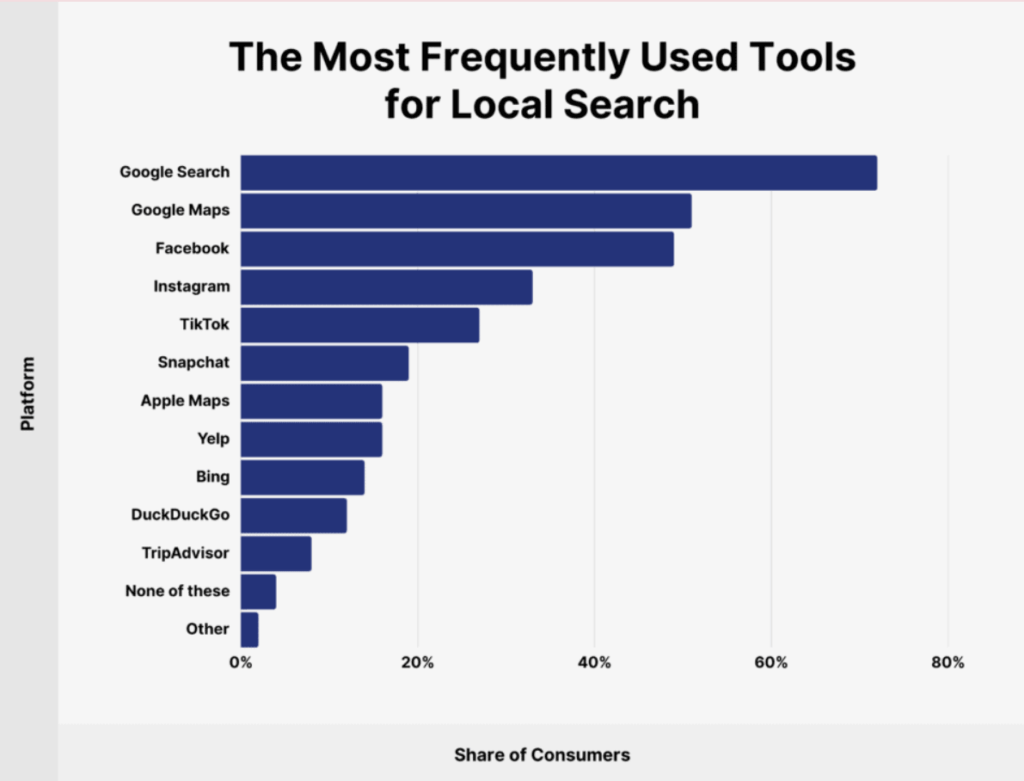
Image from Backlinko
During the October 7th to 8th volatility, several businesses reported unusual traffic patterns, including from regions outside their typical service areas. These anomalies suggest that Google may have temporarily adjusted how it interprets location signals, proximity, or user intent within local Google Maps results. For businesses relying on local visibility, even short-term instability in Google Maps can lead to irrelevant traffic, skewed analytics, and missed opportunities with nearby customers.
Navigating Google Ranking Fluctuations: An Action Plan
Having a clear action plan helps businesses to act efficiently during ranking volatility and focus on strategies that maintain visibility. With the fourth quarter of 2025 carrying much uncertainty, businesses should prepare for potential fluctuation similar to the events on October 7th and 8th.
Quick Wins to Stabilize Rankings
Businesses should prioritize stabilizing their positions. These quick steps can help address ranking issues while waiting for Google’s announcement:
- Avoid large, site-wide changes for a few days.
- Fix technical issues, such as crawl errors, slow pages, and broken internal links.
- Refresh top pages hit by drops with clearer headings, frequently-asked-questions (FAQs), and updated facts.
- Add author lines, credible sources, last updated dates, and internal links to strengthen alignment with Google’s E-E-A-T ranking system.
- Compare competitors that surged and note content or SERP feature differences.
Reclaiming Visibility on Google Maps and Local SEO
A noticeable spike in foreign traffic was among the most notable irregularities on October 7th and 8th. Even without any changes to Google Maps, organic shifts can affect local pack engagement. To address this, businesses can take the following steps:
- Audit Google Business Profile (GBP) and check categories, hours, services, and attributes for accuracy.
- Perform geolocation optimization by updating the location page and adding local FAQs, service details, and recent photos.
- Track local pack visibility by city and ZIP, then add Urchin Tracking Module (UTM) parameters to GBP links.
- Engage local SEO services in the Philippines for professional monitoring and resolution of issues.
Tracking SERPs Shifts with Advanced Web Ranking
Advanced Web Ranking provides daily visibility and rank tracking based on location and device type. It is designed for feature-rich SERPs and can separate desktop from mobile turbulence.
- Set daily tracking for priority keywords, split by desktop and mobile.
- Add location-level tracking to watch city-level organic and local pack results.
- Monitor SERP features for each keyword, including snippets and people-also-ask (PAA) presence.
- Use tags for impacted pages and create a segment for October 7 and 8.
- Export side-by-side reports for stakeholders, then pair them with Search Console and GA4 annotations.
When to Pivot and When to Hold Steady
Due to uncertainties surrounding the Google ranking fluctuations on October 7th and 8th, businesses must be aware of when to wait and when to take action.
- Wait 3 to 7 days if volatility looks temporary and pages still match intent.
- Make targeted updates if declines persist. Align intent, improve content depth, and tighten on-page structure.
- Avoid large architecture or template overhauls until trends stabilize.
- Share a simple timeline and weekly snapshots until movement calms.
Turn Ranking Volatility into a Competitive Strategy with Digital Marketing Philippines
The Google ranking fluctuation of October 7th and 8th reminds businesses to stay vigilant and prepared for unexpected SERP flux, regardless of core updates and search engine bugs. Companies with strong SEO and long-term strategies are better equipped to maintain their rankings during such volatility.
When faced with sudden changes in Google’s algorithms, it is best to partner with a team that is experienced in navigating ranking shifts.
Digital Marketing Philippines (DMP) is your strategic partner, guiding you toward stable and sustained visibility in search results. With over a decade of providing clients with strong omnichannel digital marketing services, DMP can help you overcome any visibility challenges that arise, whether it’s SERP volatility or major Google core updates.
Contact us to transform search engine uncertainty into actionable clarity.
References:
https://www.seroundtable.com/google-search-ranking-volatility-heated-40234.html
https://geneo.app/blog/google-algorithm-update-october-2025
https://searchengineland.com/library/platforms/google/google-algorithm-updates
https://ahrefs.com/blog/serp-volatility
Jomer B. Gregorio is a well-rounded expert when it comes digital marketing. Jomer is also known as a semantic SEO evangelist and practitioner. Check out our Digital Marketing Services today and let us help you in achieving positive and profitable results for your business.
